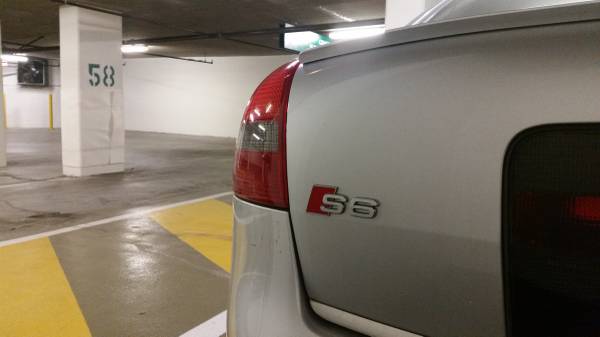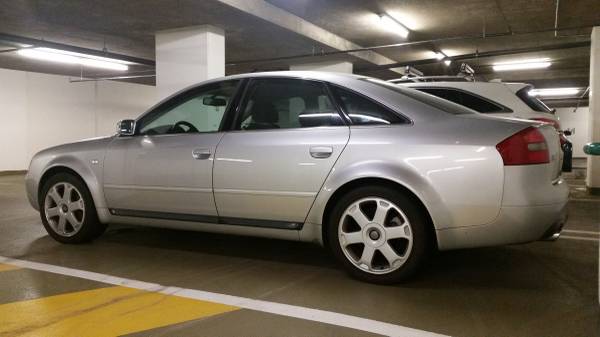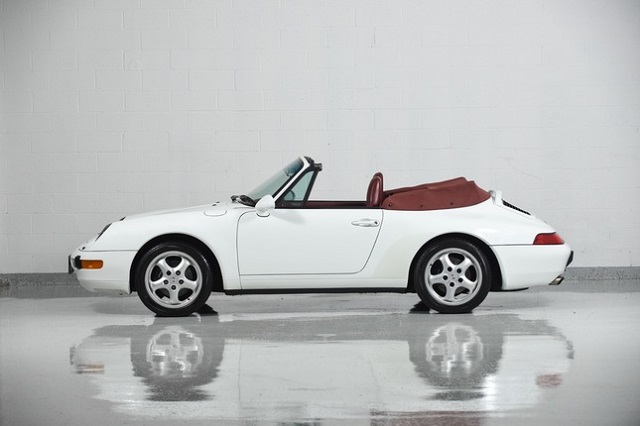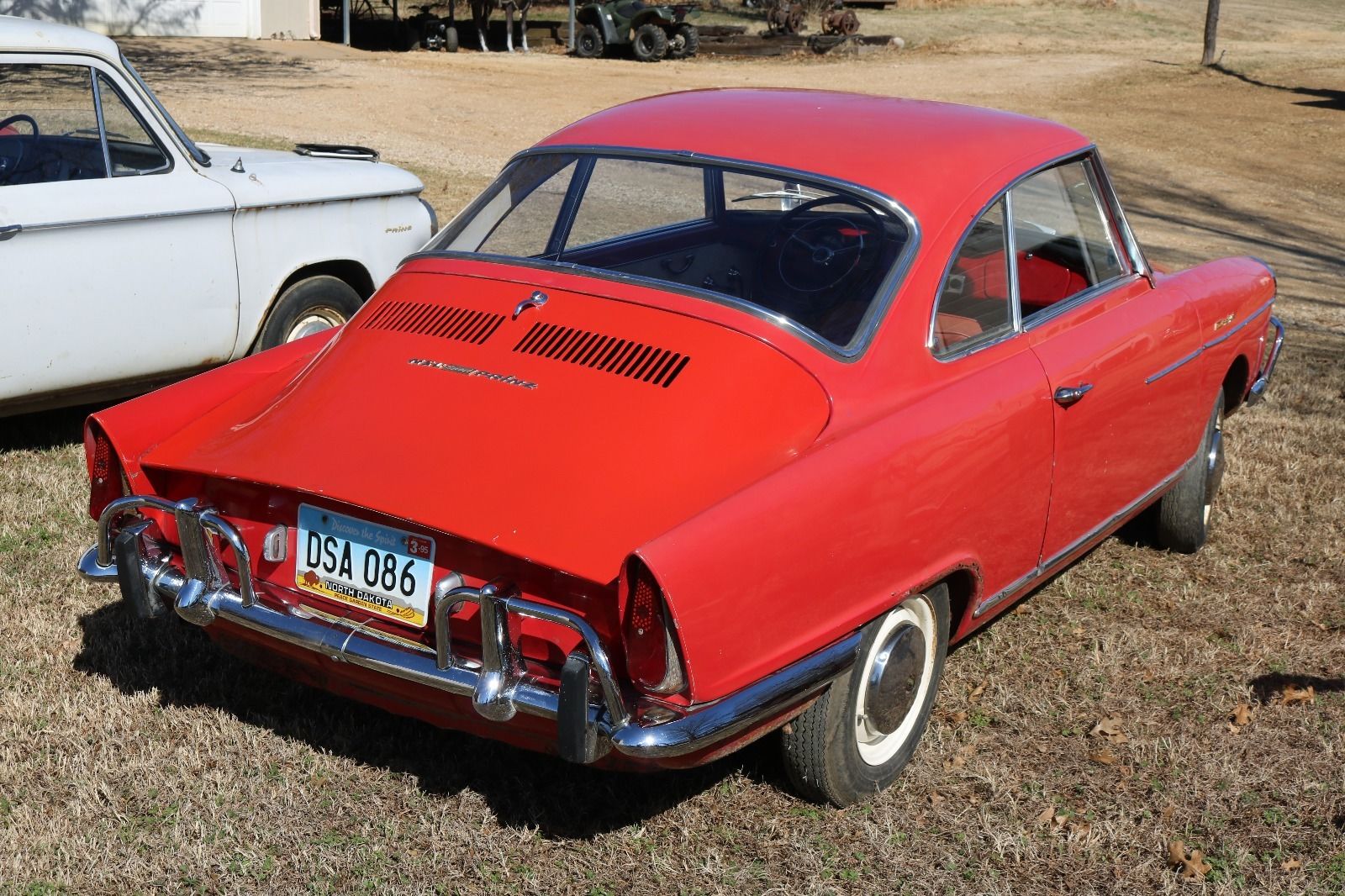The term “Q-ship” is an antiquated phrase dating from the WWII era. Originally used to refer to merchant ships carrying concealed weaponry, among car enthusiasts it’s…
6 CommentsMonth: March 2017
I post this car knowing full well it must have some sort of problematic history attached to it, but I’ve yet to be able to…
3 CommentsI don’t know what exactly has lead to my decision to feature Porsche’s various air-cooled Cabriolets. I suppose it was a confluence of circumstances. During…
Comments closedWith the burgeoning economic boom of the late 1950s (Adenauer’s ‘Economic Miracle’ in West Germany), many companies tried to capitalize on the success of the middle class by introducing swankier, more stylish versions of their economic models. The hope was that these cars would be expressions of wealth and signature models. To greater or lesser extent, the three that were developed around the same time – Volkswagen’s Karmann Ghia, BMW’s 700 Coupe and NSU’s Sport Prinz – were all relatively well received in the marketplace, though of the three only the Karmann Ghia had mass appeal. That was interesting, as the Sport Prinz offered a slightly different take on rakish Italian lines with pedestrian German underpinnings. Introduced for 1960, the Sport Prinz was built on the Prinz III chassis, a diminutive, air-cooled rear-engine inline-2 economy “sedan”. To take the Prinz upmarket, like Volkswagen NSU turned to Italy. Instead of Ghia or BMW’s choice of Michelotti, though, NSU enlisted famed Bertone in Turin and the designer Franco Scaglione. The resulting design was significantly more dramatic than the Prinz, with long overhands, a swoop roofline and tail fins hinting at greater GT speed. As with the others though, the Sport Prinz offered no performance gain, but at least came to market slightly under the price of the more famous Karmann Ghia, at around $2,400 – top for the NSU lineup in the early 1960s.






